Marquette Golf Club’s Heritage Course
A lot of us grew up on an old golf course. You know the type – tons of trees, tiny circle greens, probably a bunch of shaggy bunkers all over the place. They’re often really unassuming, nothing special and you go knock the ball around with your buddies for a couple hours. But do you ever stop and think about what you’re really playing on? I’d like to introduce you to a golf course you may not have heard of: The Heritage course at Marquette Golf Club.
At first glance, Heritage fits many of those criteria. Over the decades hundreds of trees have encroached on fairways, the greens have shrunken into microscopic putting surfaces, and yeah, some of the bunkers have long lost their original look. What you’ll really find in Marquette is an example of one of golf architecture’s finest tandems – and we’re beginning to see their Golden Age features slowly uncovered.
The Heritage opened in 1926 is a WIlliam Langford and Theodore Moreau design. These two were active at the same time as Donald Ross, Seth Raynor, C.B. MacDonald, etc. yet rarely receive the same attention or affection. Their designs are known for their enormous scale – wide fairways that you must strategically maneuver to attack huge, bold, highly-engineered greens. Their look is unmistakable. While they built around 200 courses, many have been lost or altered along the way. Lawsonia Links in Green Lake, WI, will always be their biggest attraction – and rightfully so, it’s their best course. Yet I’ve enjoyed “finding” lesser known designs such as Skokie CC north of Chicago (dying to visit!), Kankakee Elks in Saint Anne, IL, Harrison Hills in Attica, IN, and Spring Valley CC in Salem, WI. That brings us back to the Heritage in, Marquette, MI, a course I’ve been able to play fairly often over the last decade.
The Course
Let’s do a quick overview on the history of the Heritage before I jump in and give the tour. The original Langford & Moreau design was for a full eighteen holes, though only nine were built. A few factors led to this, including the economics of the mid 1920s and a very severe property with rock outcroppings (it took 80+ more years until Mike DeVries figured out this property and built Greywalls here). This course, then named Marquette Golf & Country Club was a result of many community members investing as much as $1000 (a substantial amount for the time) to acquire the land, the permits, and of course the architect team.
Langford & Moreau initially built half the holes they planned. Why? As you may expect, the club chose the more financially driven option of starting with nine, and on the least rocky portion of land. Over the next few decades, the club decided the time was right to expand. Unfortunately for Marquette Golf Club, Langford was near retirement, so they sought another architect to complete the full golf course.
Nine additional holes were built by David Gill in 1969, but by then the original routing map had been lost and a housing development began to encroach on the property meant for the back nine. Hundreds of trees were added, strategic bunkers were filled, and mowing lines changed drastically. As you play, you’ll notice a HUGE contrast on the style and quality of the golf holes.
Here’s the thing – people are starting to discover what they have here. With deliberate efforts by the course management, and with Superintendent Craig Moore’s skill and determination to restore as much of the Langford & Moreau features as possible, the potential for this golf course to return as a “golden era classic” is incredible. The everyday conditions of the course are outstanding – perfectly manicured playing surfaces play fast and firm in the summer and are lined by wispy natural grasses that create a wonderful texture. This property has gentle slopes, a few flat lies, and unmistakable “U.P. North” elevation changes. Let’s take a look!
The Holes
The Front 9
Take one step outside the cozy, yet bare minimum clubhouse and you’re on the first tee box. You’ll start with one of the holes added in the ‘60s – a short par 4. This will get you off to a good start.
Cross Grove Street to the second, a mid-length par 4 up and around a pond. You’ll then zip back down the gentle hill on the nondescript third hole.
Here we go! Your first Langford is a stout par 5 over the same ridge you’ve crossed twice already. A booming drive will leave you with a chance to attack maybe the most massive, dramatic green site on the property. This one’s awesome. Have you seen the newer Greywalls course in Marquette yet? If so, you already you know the drill – where you land the ball is not where it will come to rest, so you need to think your way around this green. Carry the deceptive front bunkers, use the steep backstop. Hopefully the Super decided to be nice today (fix your ball marks to keep him happy), or else you’re in store for some truly nasty pin positions here! This is Langford & Moreau’s fifth hole and we’ll get a chance here to follow much of the original routing on this side of the road.
You’re now into a fascinating little part of the course that swirls around the northern border of the property. The fifth puts a short or mid iron in your hand, and these days it’s pretty straight forward. As you encounter these Langford & Moreau holes, start to look around at these green complexes. Not too many years ago, these were tiny circle greens that had substantially shrunken over time. You’ll see bunkers that are 10-15’ away from current green lines. These will gradually be expanded back to the size the architects intended them, re-creating countless pinnable areas.
Oh. Oh no… Here’s the tee shot on the sixth, only 287 yards from the box. Here’s your prime example of un-checked tree growth. This was originally a scruffy little valley, and now you’re forced to try and thread your shot through a claustrophobic gap. In the pics below, you’ll see a few balls on the front/left part of the green. Architect Mike DeVries feels like this has shrunken to ⅓ of its original size! This is an undercover phenomenal short par four and it’ll get better as trees are cleared and green areas recovered.
Check out number seven – the one you’ll be talking about when you get home. Grab a short iron and drop it in tight. All the trees you’re seeing here did not exist when Heritage was laid out, even the tall, single pine right behind it. Many non native and diseased trees will be removed and you’ll see some amazing vistas open up. I’d put this hole up against any other Langford & Moreau one-shotter except maybe the iconic seventh at Lawsonia…
The eighth will head back toward Grove Street with this downhill par 4. You’ve got a few aiming mounds and filled-in bunkers to guide your way to one of the coolest greens out here. Pay attention to the green collars here. They’re slowly expanding to their original sizes. (Interestingly, this previously shared a fairway with the original fifth, and looks to have had bunkers behind the green removed…)
Having fun yet?! Well, you’ll head to the clubhouse up the plain ninth hole, a straight ahead, no drama par 4 you’ll attack with a short iron. Look at the view of the approach here. There’s a touch of a horizon green here, but it’s so… featureless compared to some of the standout greens you putted on minutes ago.
The Back 9
Grab a snack and head to the tenth, the original first hole. Here you’ll find a hole with tons of challenge and character that could return to one of the most interesting on the property. Once wide and bunkered, trees now line the driving range on the right and the driveway on the left. The heavily contoured, difficult green tests your wedge game.
You cross Grove Street again to a brute of a hole. Eleven goes up the hill 450 yards, and provides your first big test with the driver on this 6,239 yard course. Here’s another gigantic Langford & Moreau green with a ridge short and left that will put the brakes on your bump and run and force you to hit an awkward chip.
The twelfth takes you back down the ridge you’ve now crossed for the sixth and final time. Carry the small ravine to the generous fairway and prepare for a long iron in. There was a fantastic cross bunker about 30 yards short that had been filled in – one that would certainly test you visually on the approach.
Again, look closely at the green and its surrounding areas. This was the first of the original Langford & Moreau greens (their eighth) to undergo expansion, reclaiming green area that had been hidden for decades. Moore and his team have gradually reduced the grass from rough height (~2.5″), to approach height, then to green. You’ll see in the video from 2011 just how tiny the green had become, and how much had been reclaimed. They’ve continued this technique on the remaining originals. Absolutely brilliant.
Finally, the last original and current thirteenth. We’ve lost nearly 50 yards of this hole now that we can’t tee off north of the road any more. It’s a really great uphill par 4 with depth perception and elevation being the biggest challenges.
Here’s a shot of what your tee ball looked like years ago (from the north side of the road), then with a view of your approach. Times have changed!
The character of the course changes dramatically with the fourteenth. We enter a heavily forested area with a rockier terrain that travels up and down a steep ledge. The excitement of the last four holes quickly dissipates with a down hill, short par 3. It overlooks, well, the extra parking lot and the cart barn. Nothing wrong with it, but we’re going to imagine what could have been on these next few. The Langford & Moreau routing featured an outstanding par 3 that teed off near the current tenth tee in the direction of the lot.
We’ll skip around now. The present fifteenth and seventeenth are actually really fun but… pretty much the exact same golf hole. You try and split the heavily treed tee box perched atop the ledge, then wedge onto medium-sized greens. Both holes run west to east, both play a bit under 400 yards, and it’s possible I have played them out of order a couple times because I couldn’t tell them apart. Not to overuse the “coulda been” comment, but a long, sweeping par 5 was planned for this land, and it would have been the best hole on the golf course.
On the sixteenth, you need to smoke a drive to the bottom of the valley, hit a long and precise iron way, way up the hill, then avoid some humps and bumps (in the U.P., humps and bumps are 2.5x the size the humps and bumps where you live) into a tiny green. No doubt the most interesting of the “new” holes.
You’ll then tee off just outside someone’s backyard into the anticlimactic eighteenth. You’ve got a good chance to finish with a birdie here and walk off feeling happy about your game. What we know now is that the homes we just played along occupy the land intended for the original twelfth, thirteenth, and fourteenth holes. I’m not sure the owners are open to selling their houses to re-create a couple cool golf holes, but I haven’t officially asked them yet…
Revisiting the Past and Imagining the Future
There’s a lot to think about with the Heritage. It’s a popular, playable, fun place, but also an incredible example of my favorite architects’ work where the “bones” are still largely intact. I feel that has to do with the remoteness of Marquette. If this course was built in any larger city in 1926, there’s next to no doubt this would have been paved over or altered in countless other ways. Quick example – there’s a course here in Chicago that’s a Langford & Moreau from the nearly the same time period, but you can’t sniff out any distinguishable features. There’s an old aerial in the clubhouse where you can compare eras, but it’s merely a generic, decent public golf course at this point. That’s maybe the appeal of the Heritage to me – that while it’s incomplete, there’s still the nostalgia, there’s still the chance to salvage some of the incredible relic golf holes of the Golden Age.
While it’s easy to tell the new from the old, only recently did we get to see what was originally intended here. A few years back, Golf Digest writer and course architect, Ron Whitten, incredibly uncovered the original routing map while looking through Langford archives. He knew Mike DeVries was the resident architect, so it was then passed to him. Even more unlikely, club historian Kenn Hruska found an additional original map in the club’s records – and it was essentially hidden in plain sight. Funny to think how many times it had been overlooked, and it was right there the whole time. The club has also recovered an aerial from 1939 that shows bunkers, mowing lines, and more. Totally priceless!
Superintendent Craig Moore and team have continuously worked to restore some of those features that will bring back the charm and challenges lost to time. Trees will come down and greens will expand closer to their starting sizes. It’s certainly worth making the visit to see this place evolve over the next few years.
Final Thoughts
Hopefully you’ve enjoyed a brief walk-through of a course that does not have its story told often enough. The Heritage is one of those “old” golf courses I talked about earlier – it needs some TLC, but remains very much loved by its players. The place is always busy, but the regulars know how to play fast. For a golf facility that gets about 40,000 rounds a year (if you count both courses, that’s pretty good, but incredible if you consider the season is roughly May to November), the course is pristine. Not an unfilled divot to be found, and clean, ball mark-free greens.
On my last trip up, I told a few members that I planned to write about the Heritage course. The response was typically “no, we don’t want people to know about us!!” in that dry, Yooper humor. (At least I hope they were joking!!!) Paired with the Greywalls course, Marquette Golf Club gives you two remarkable golf courses with extremely different challenges and histories. I can’t think of more than a handful of clubs in the country that can boast that! Greywalls might get most of the hype, but it’s the classic Heritage that tends to stick around in my mind for weeks later. This one’s timeless – go give it a look.
Added Comments
This is a post I’ve had in my head for a long time, so I’m very excited to finally share with everyone. Full disclosure – I’ve been a member of Marquette Golf Club since 2008, so… I’m definitely a huge fan of the place. While I don’t get to visit nearly as often as I’d like, I’ve gotten the chance to get to know a few great people at Marquette Golf Club. Special thanks to Head Pro Marc Gilmore, Superintendent Craig Moore, and Club Historian Kenn Hruska for the hospitality, the awesome golf, and helping me tell the story of the Heritage course!

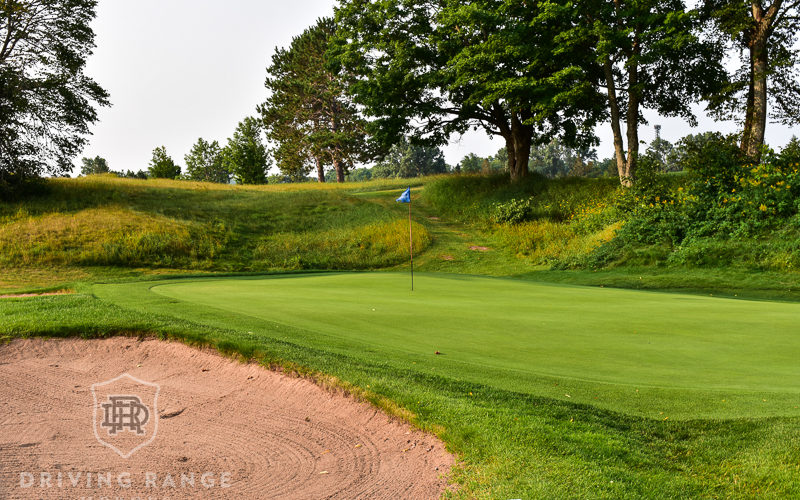
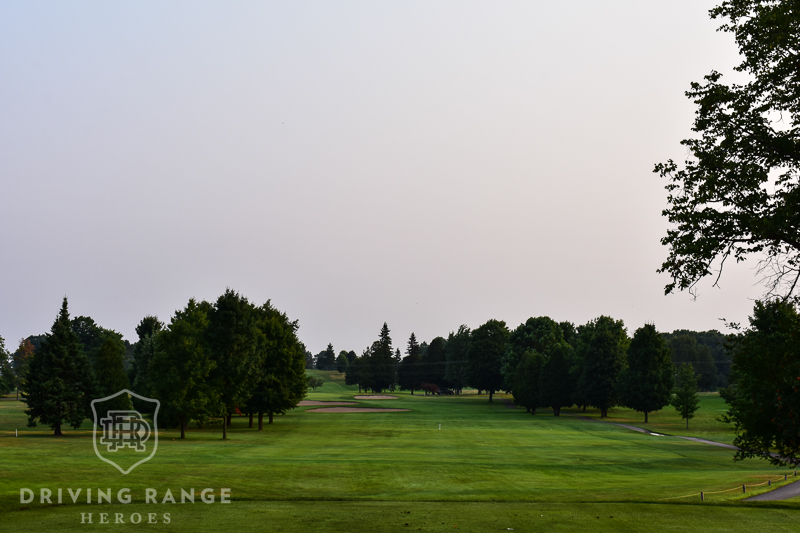
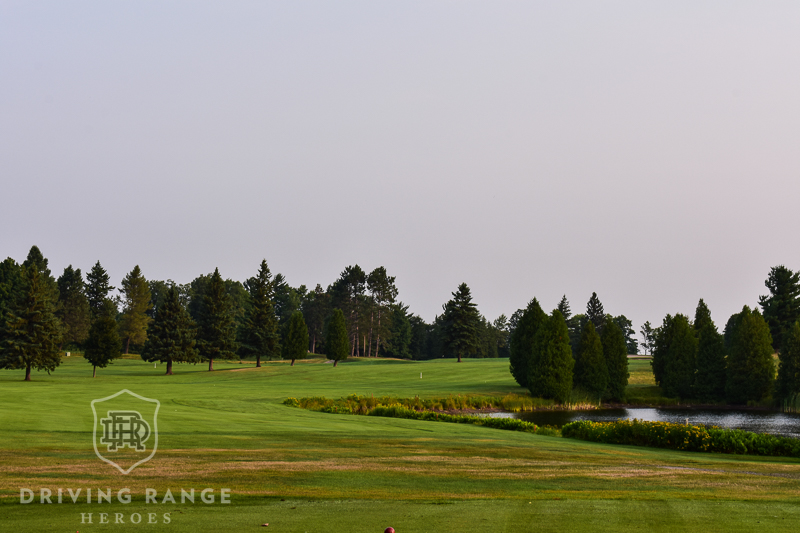

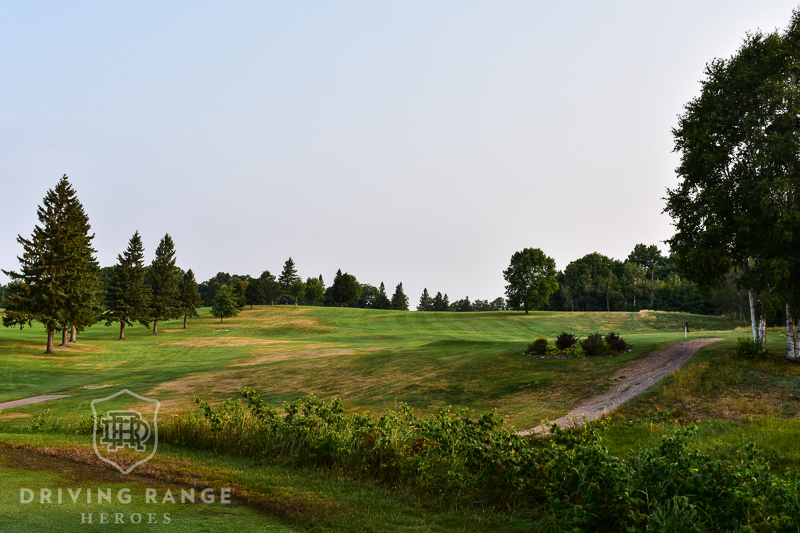
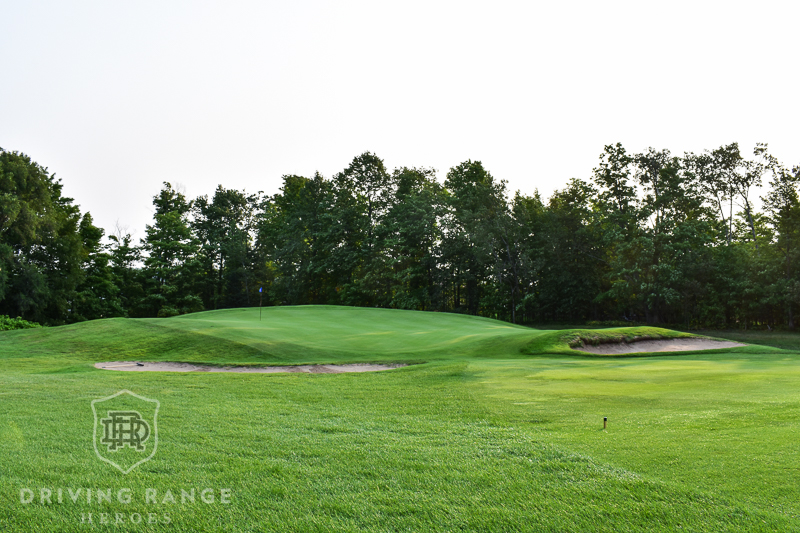
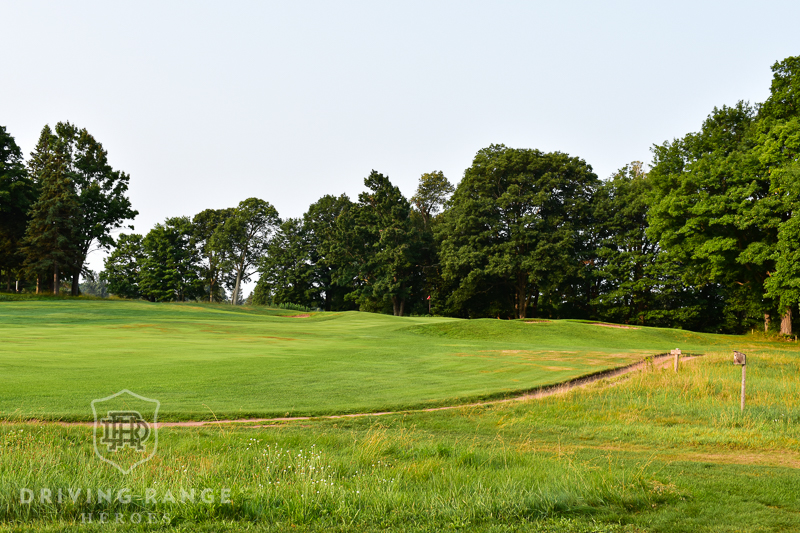
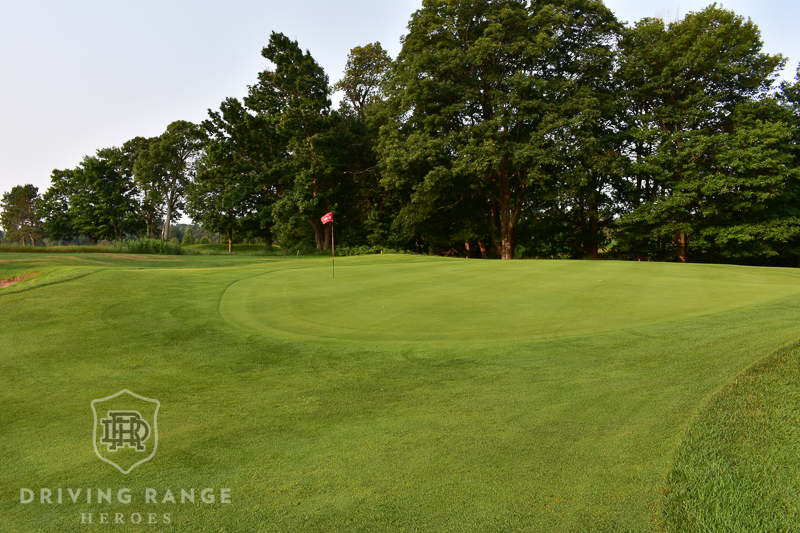
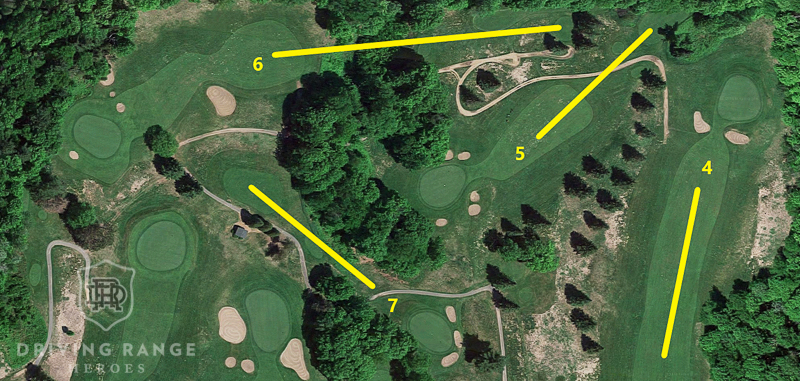

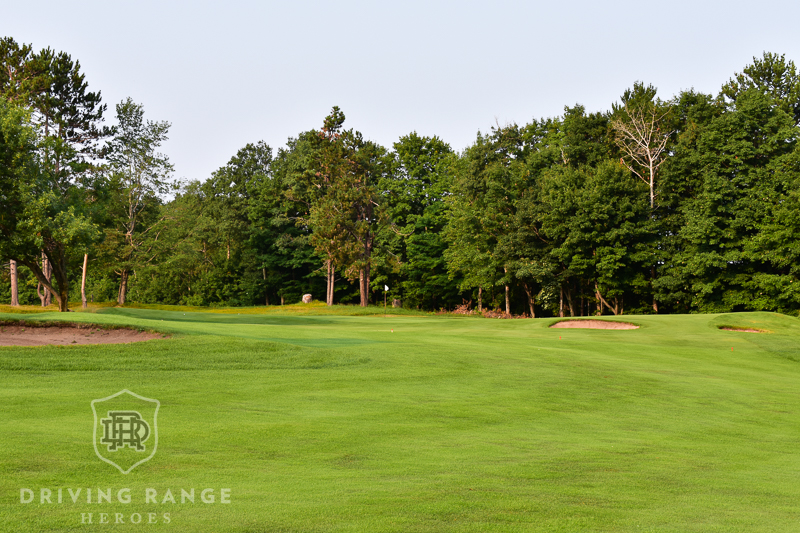
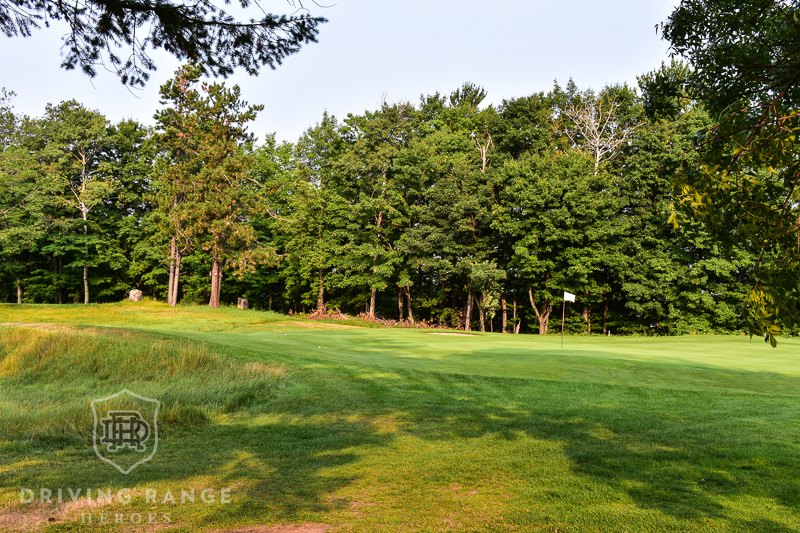
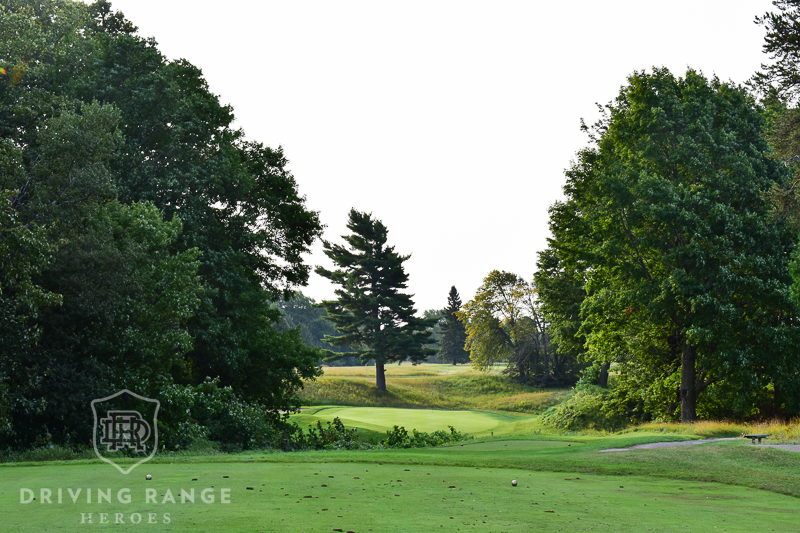


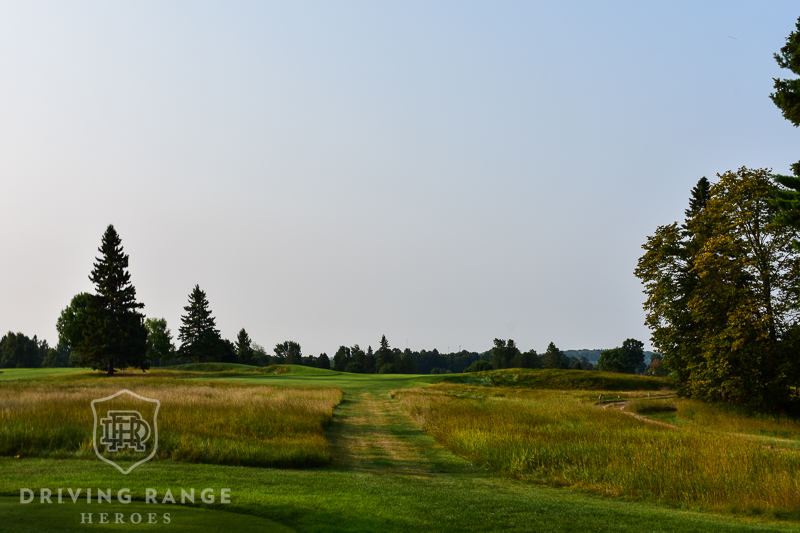
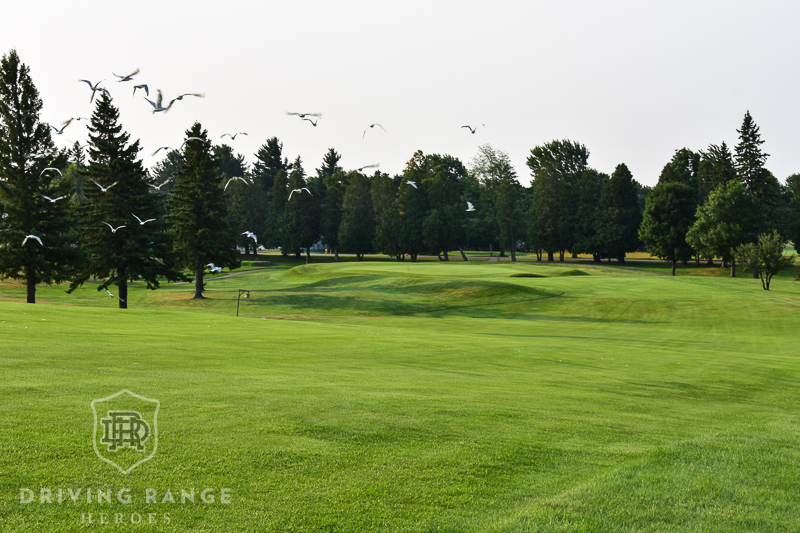


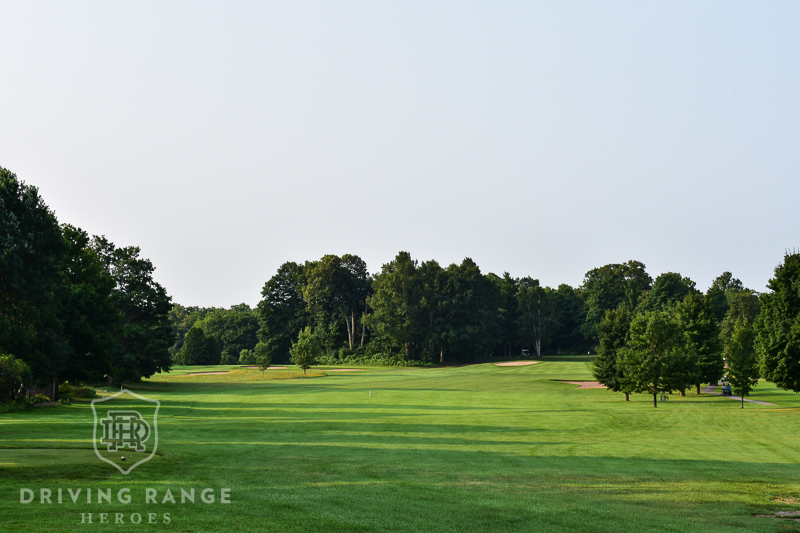
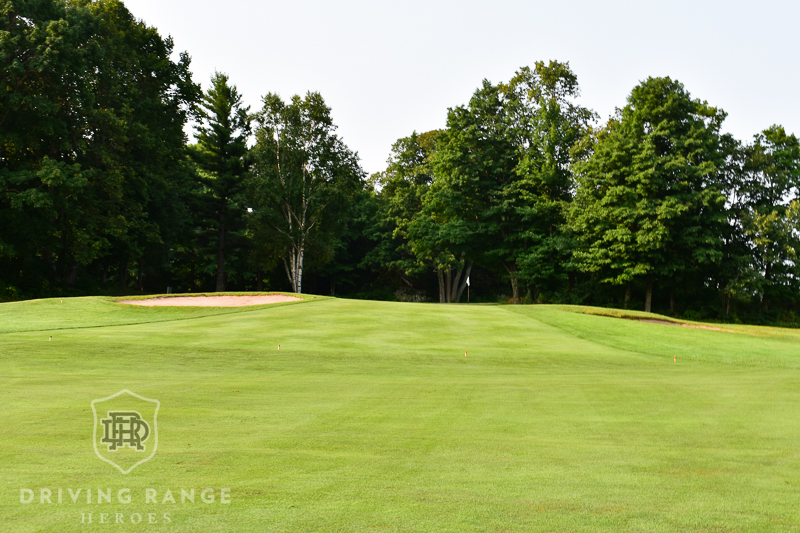
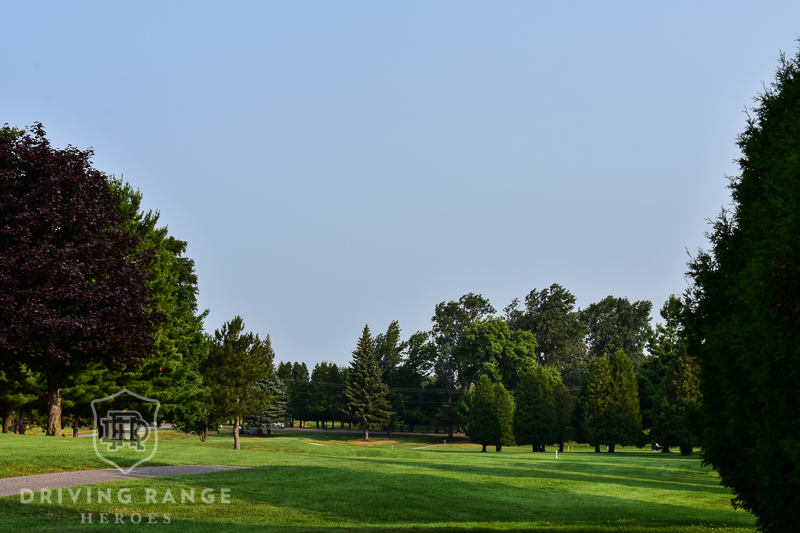
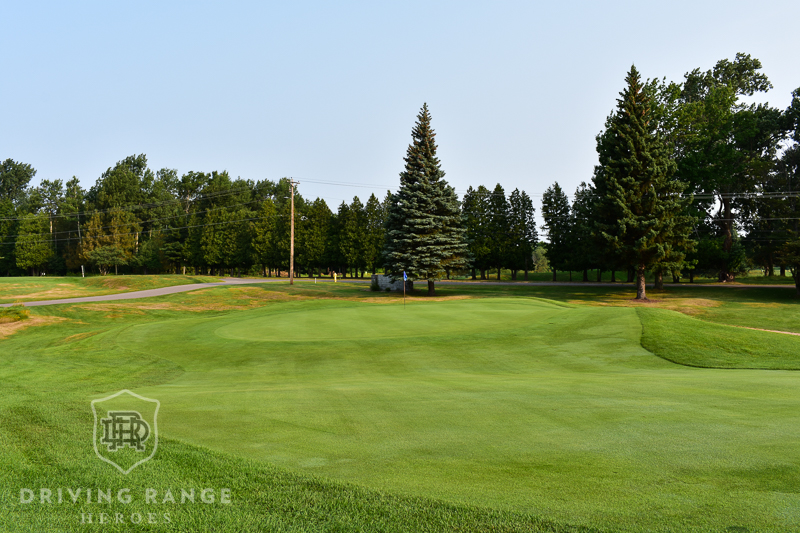
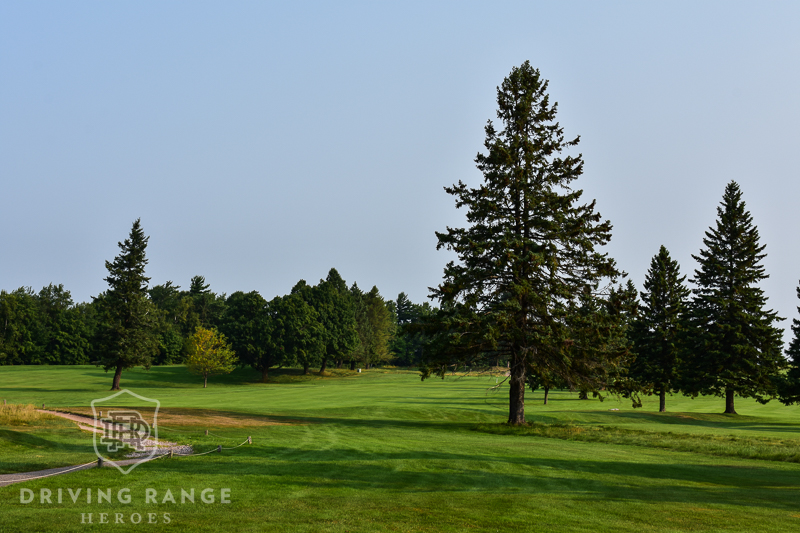
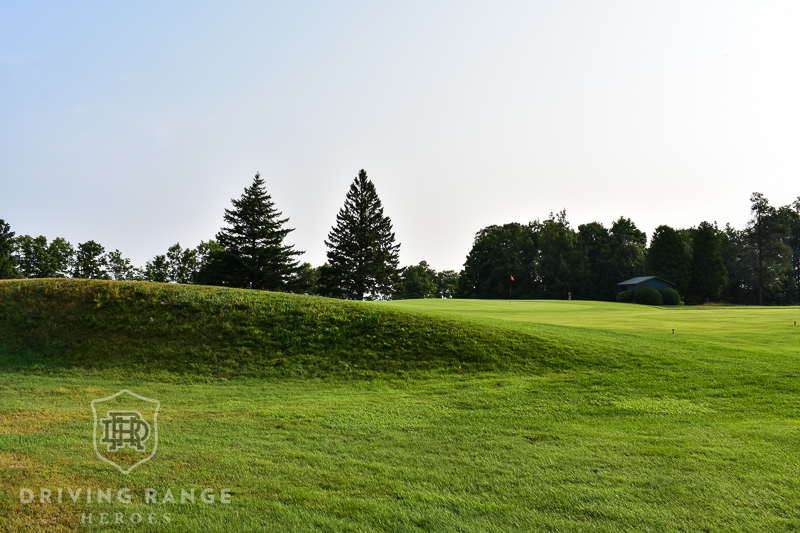
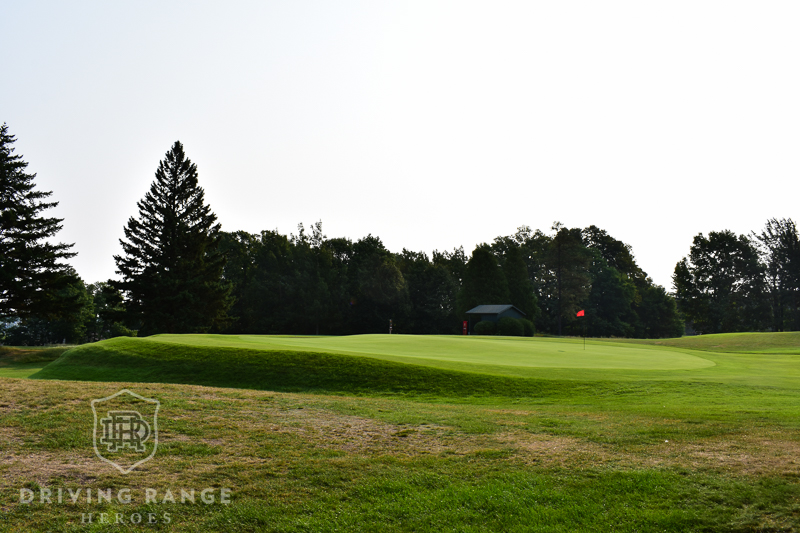
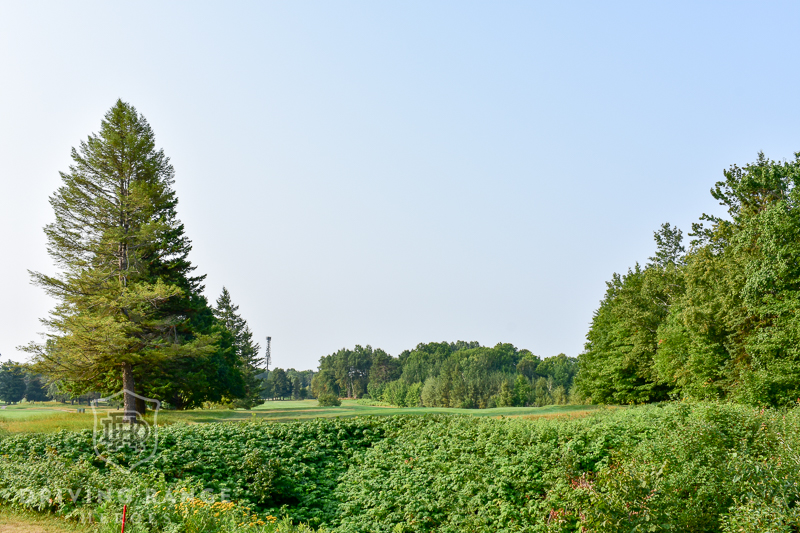
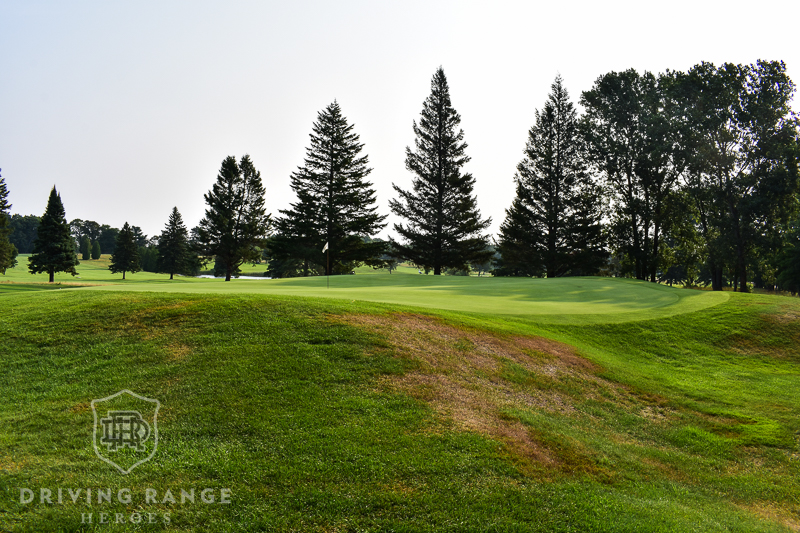
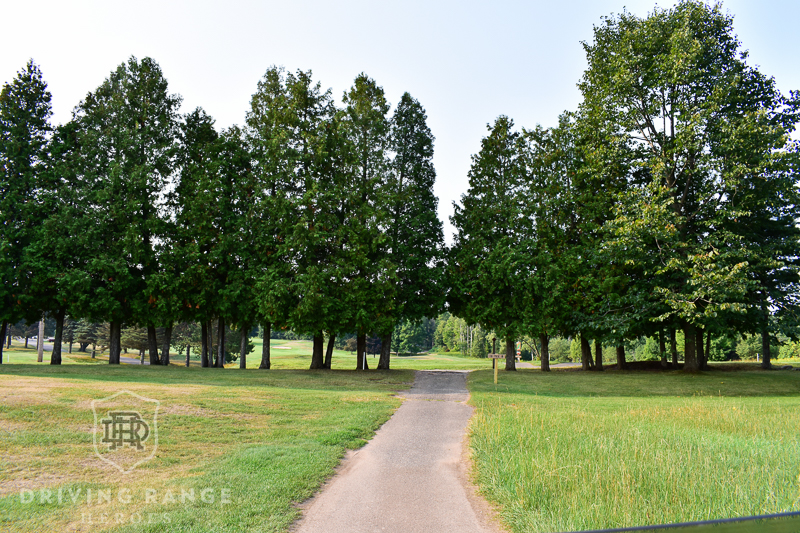
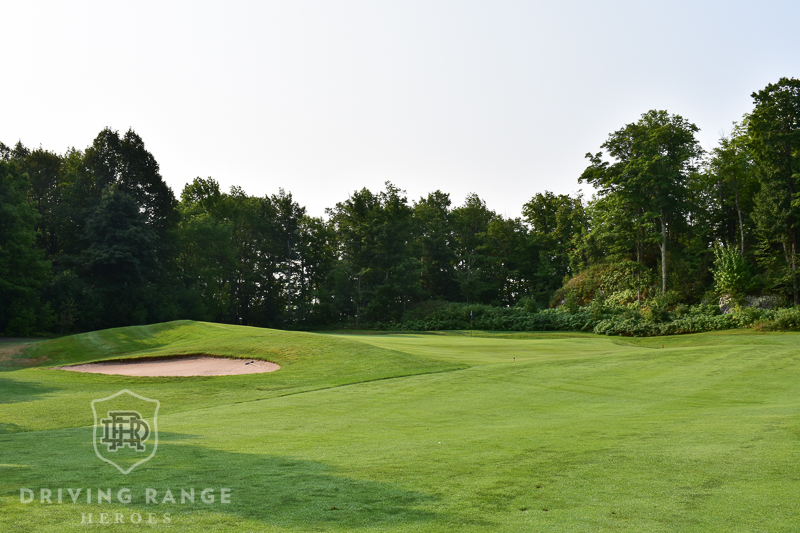
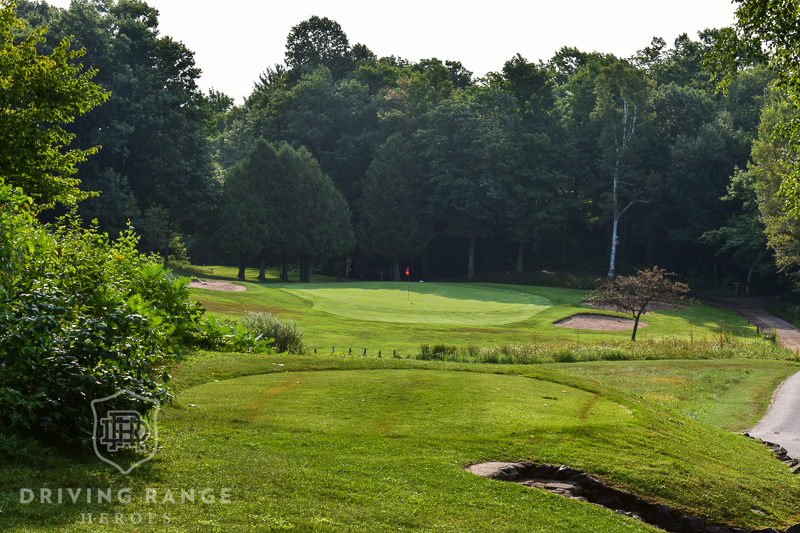
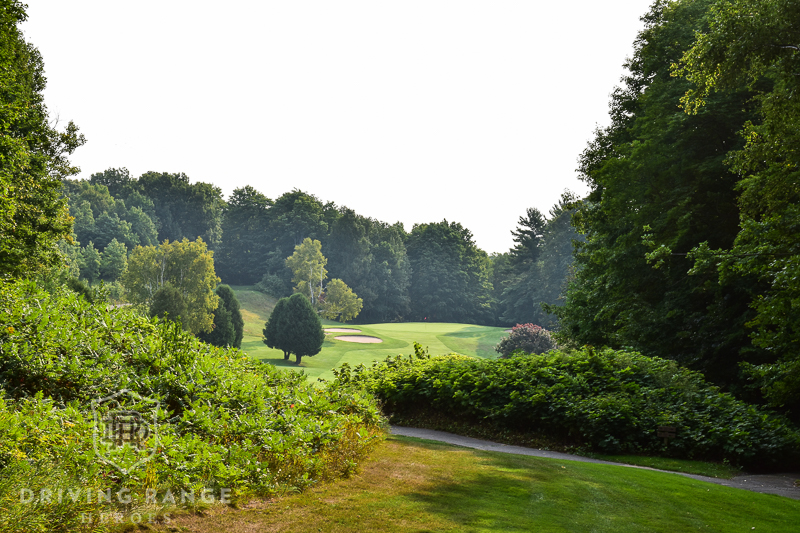
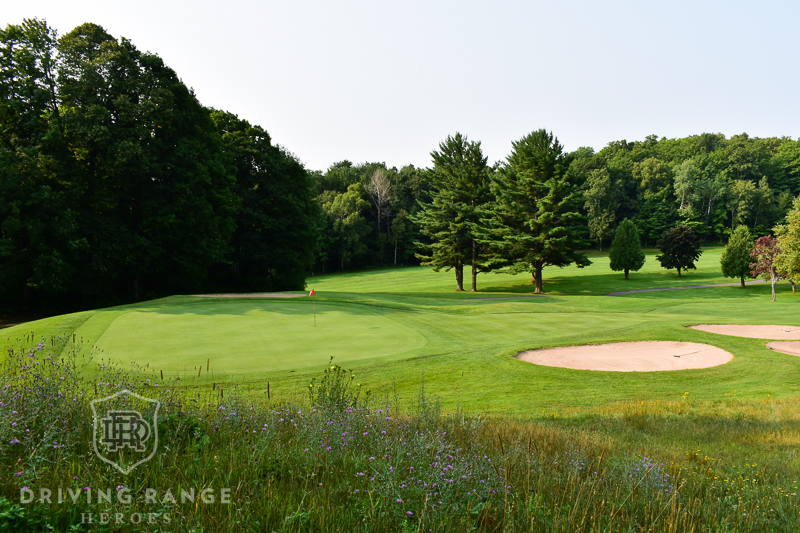

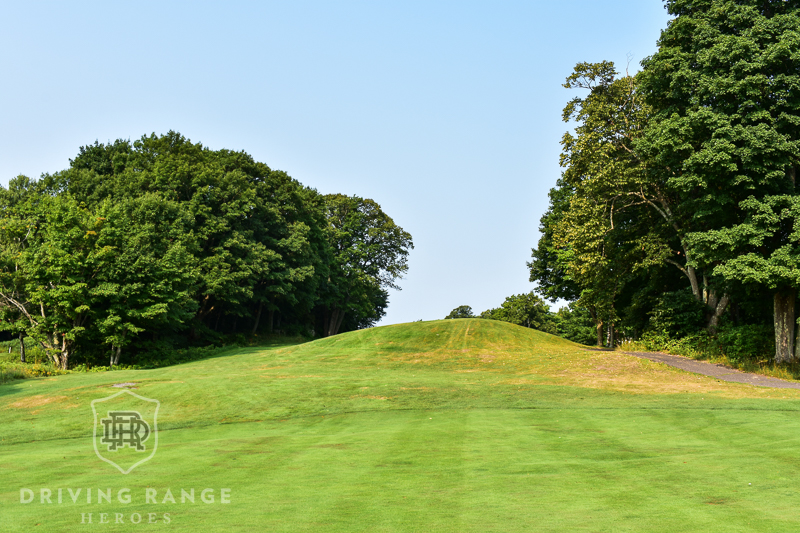
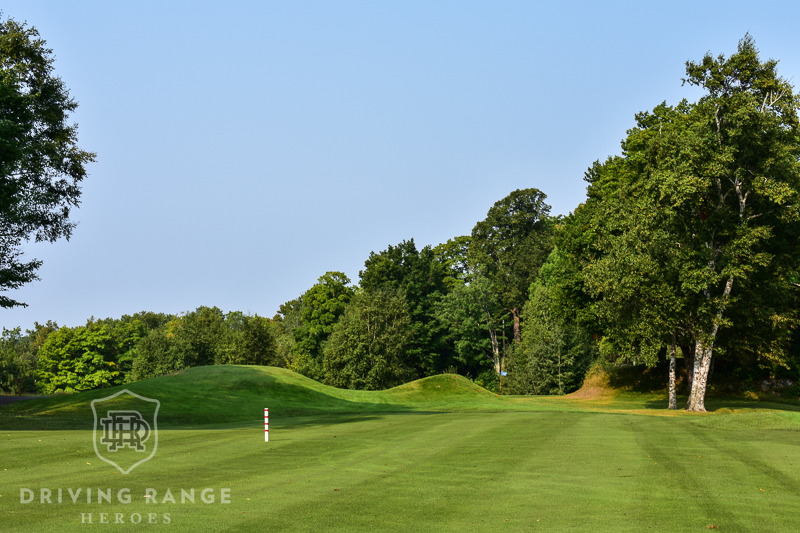
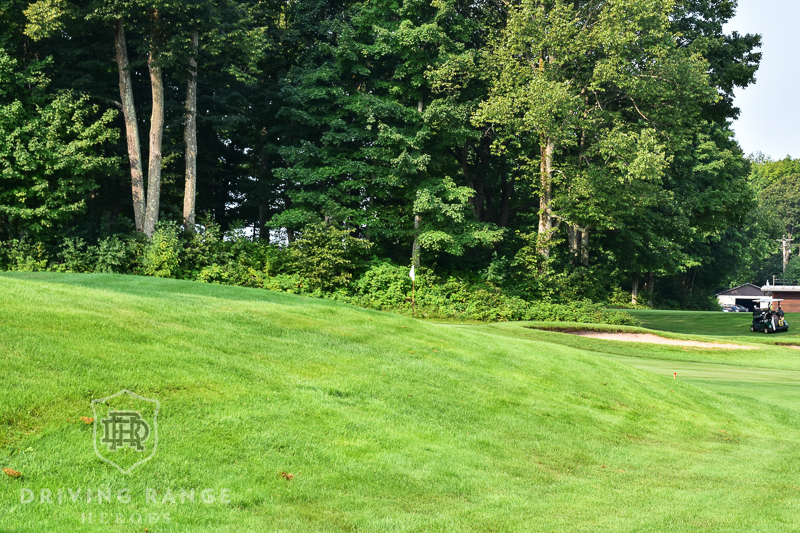
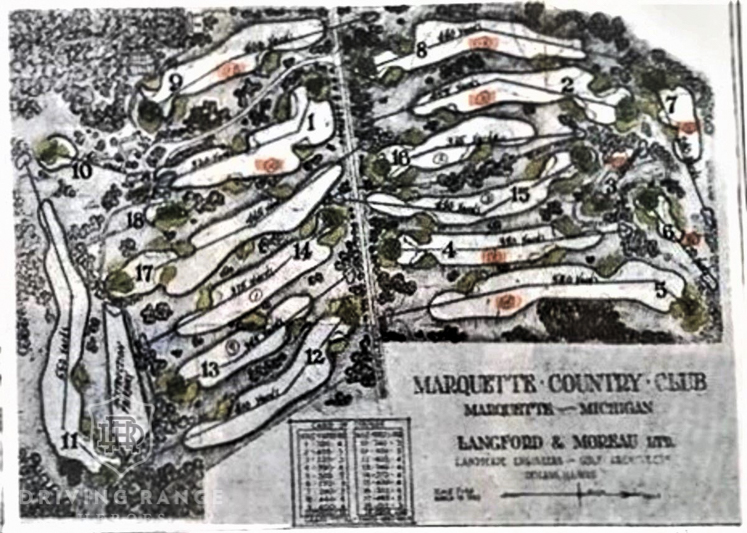

![Hilton Head [Golf] Island: Perfect for Pirates, Even Better for Golfers Hilton Head Golf Island](https://drivingrangeheroes.com/wp-content/uploads/2022/07/Atlantic-Dunes-Hole-15-B-Web-150x150.jpg)
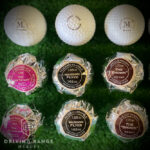












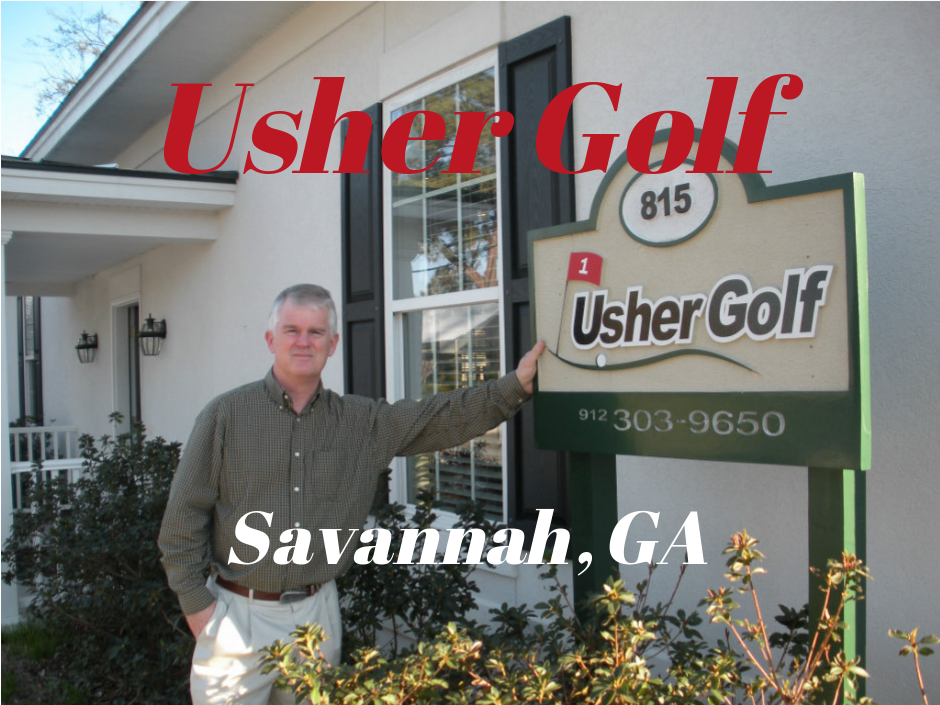
Great review of Heritage course. I am a member of MGC, and have played both many times. Greywalls gets the drama awards (views! rocks! forced carries!), and all the attention from tourists who make the trip, but there is only one way to play it (if you aim to score). Heritage is encourages much more creativity, and is more like an adventure that way… endlessly playable in a hundred ways, keeps you on the cusp of thinking “I could par this thing” almost every time (haven’t done it yet :). I wonder if the old “Golden Era” of golf course design were perhaps more oriented towards attracting members who would play repeatedly, than one-off pay-to-players. Both are welcome in golf IMHO – I love visiting other courses, but as a members’ home course the original Langford holes of Heritage are hard to beat!
James, thanks a bunch! There’s not a ton out there on Heritage, so I’ve wanted to put something together for years. (especially considering I’m a HUGEEE Langford fan)
I always love Greywalls for the challenge and the epic-ness of the place, but I usually have way more fun on the Heritage. In many ways it’s just as pretty, and has as much shot value as you can handle.
The best thing about golf at MGC is the variety… wish I could visit more.
I had the pleasure of playing both courses at Marquette Golf Club on 8/7/21. You’ll be thrilled to hear that all original L&M green pads are now mowed at green height! They are spectacular. The trees are all down on the reachable 6th – even I hit onto the huge green! Still only managed a par sadly…
Do you have a higher res photo of the original 18 by L&M? I’m curious what the par was…definitely looks like less than 70?
I wish they could have built all 18. Just played there last week and the L&M holes are special. The David Gill holes are kind of a bummer. I liked 1-3 okay and 14 isn’t terrible, but 15-18 is such a let down as a finish.
This one is the best that I’ve got. I do think it was an original par 70. Looking close on the map, the 11th was definitely a par 5 (and a lot of us think it would BY FAR be the coolest hole out there, knowing the land). There’s hole number 5 which is still there and is of course was a 5, and a couple that go like 460 yards. Hard to say.
Lots of members actually like the Gill holes and were bummed when the L&Ms got opened up a bit. “Too fast!” “Too many swales!” But totally agree on what it could have been if all 18 were there! The club has lost some of the land where the original 12-13-14 sat, so would need to be creative to do a Langford-esque routing with what’s left.